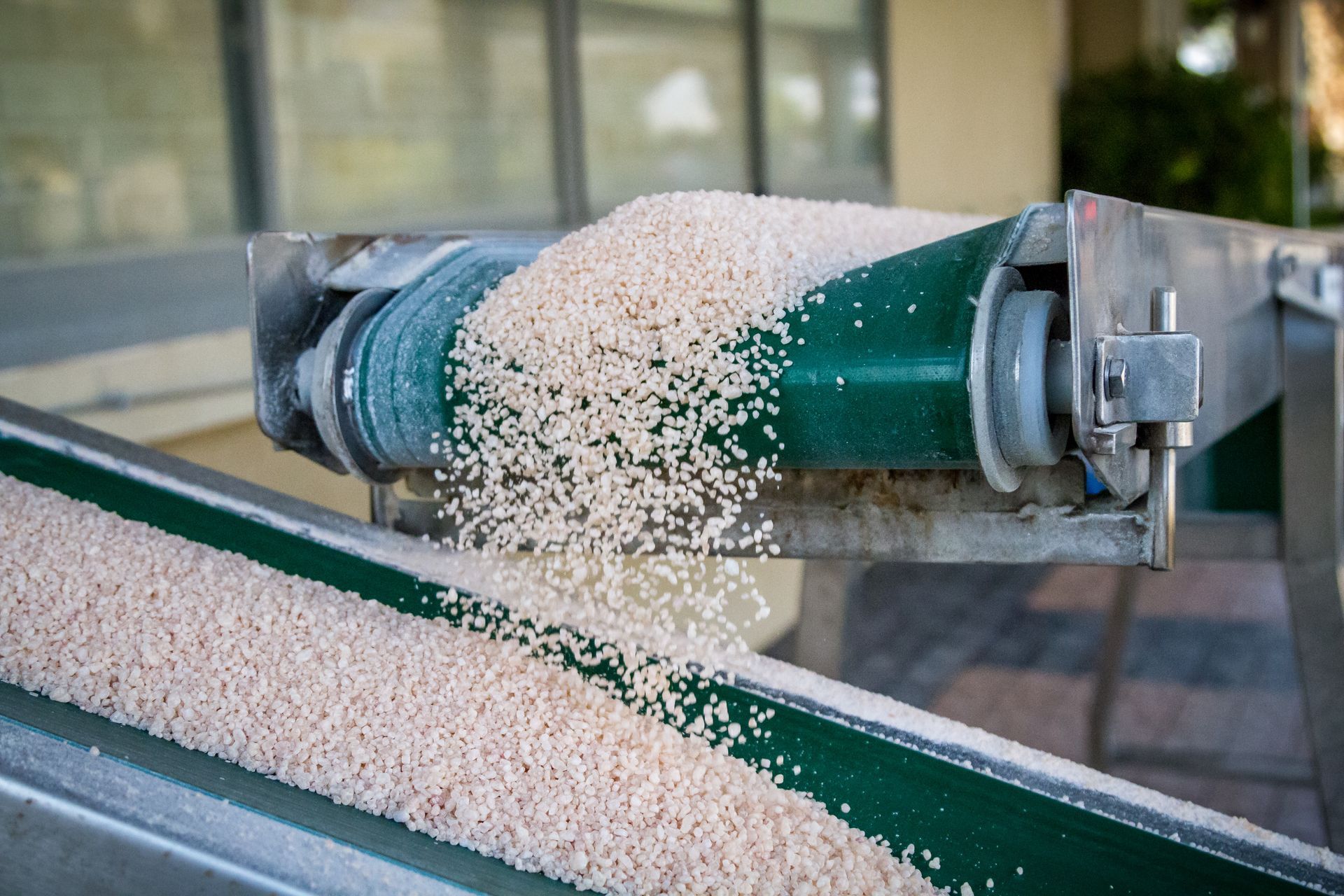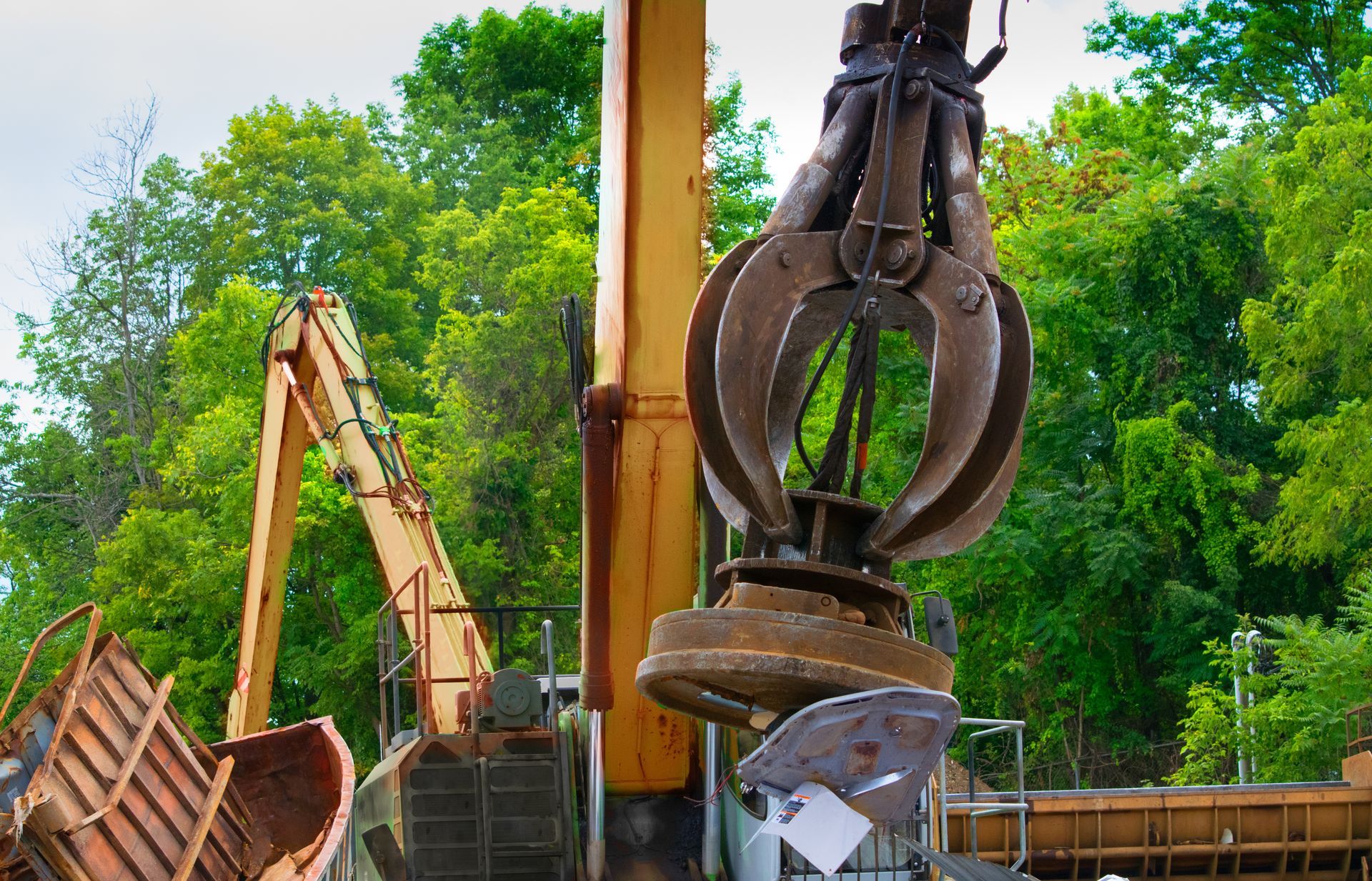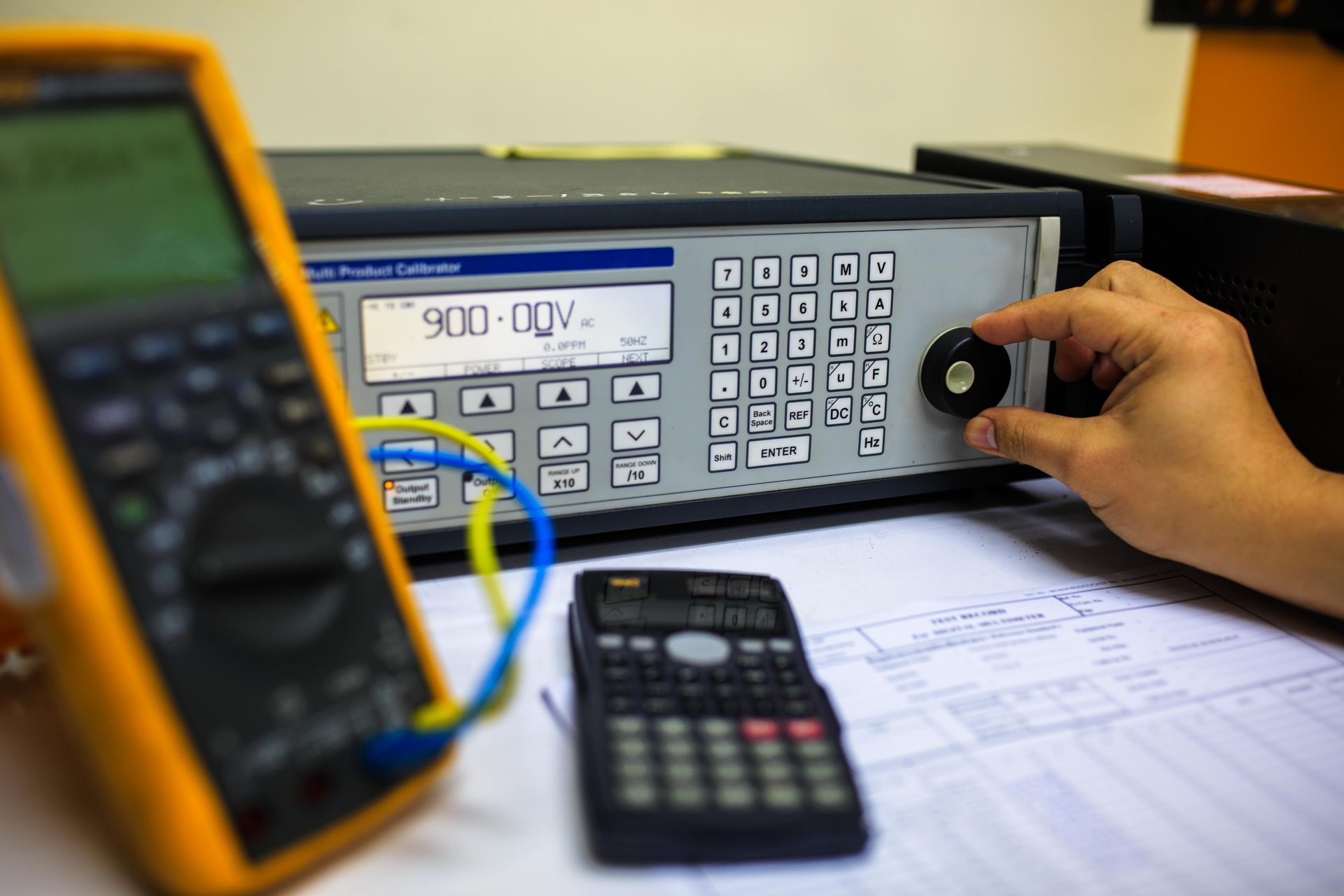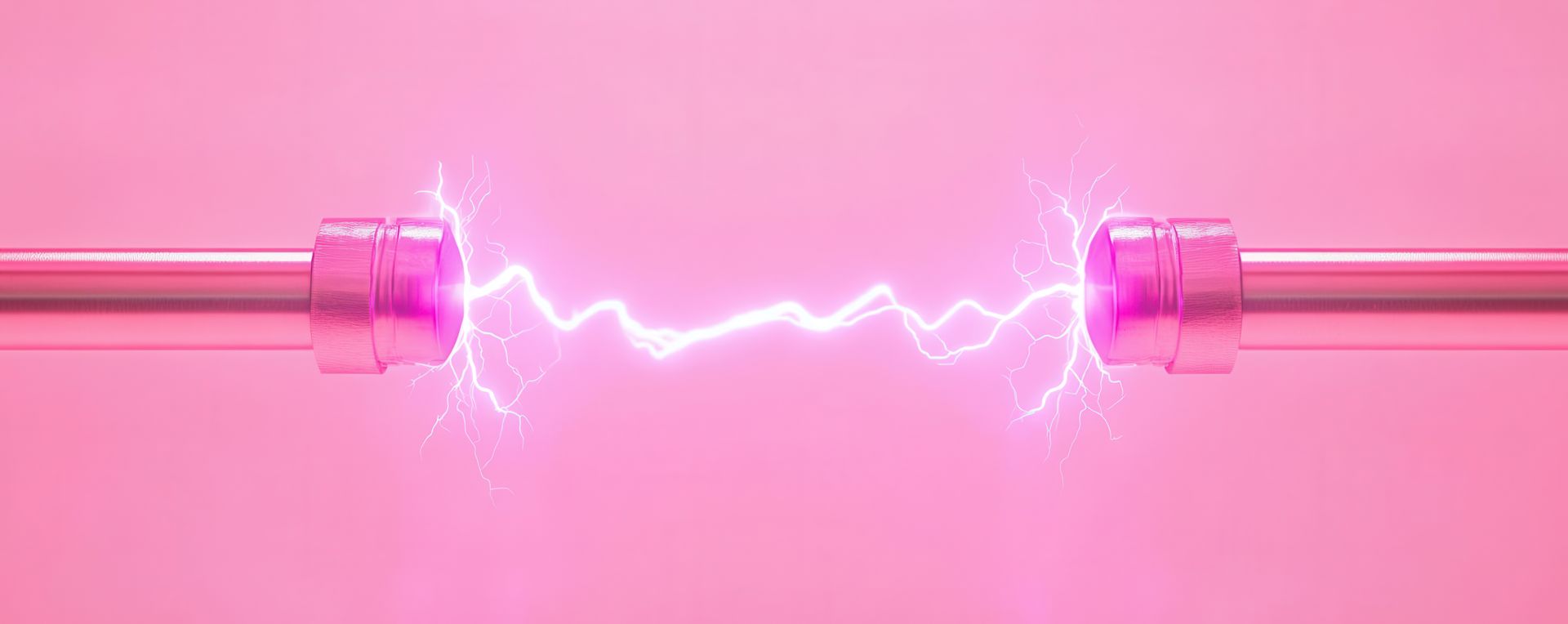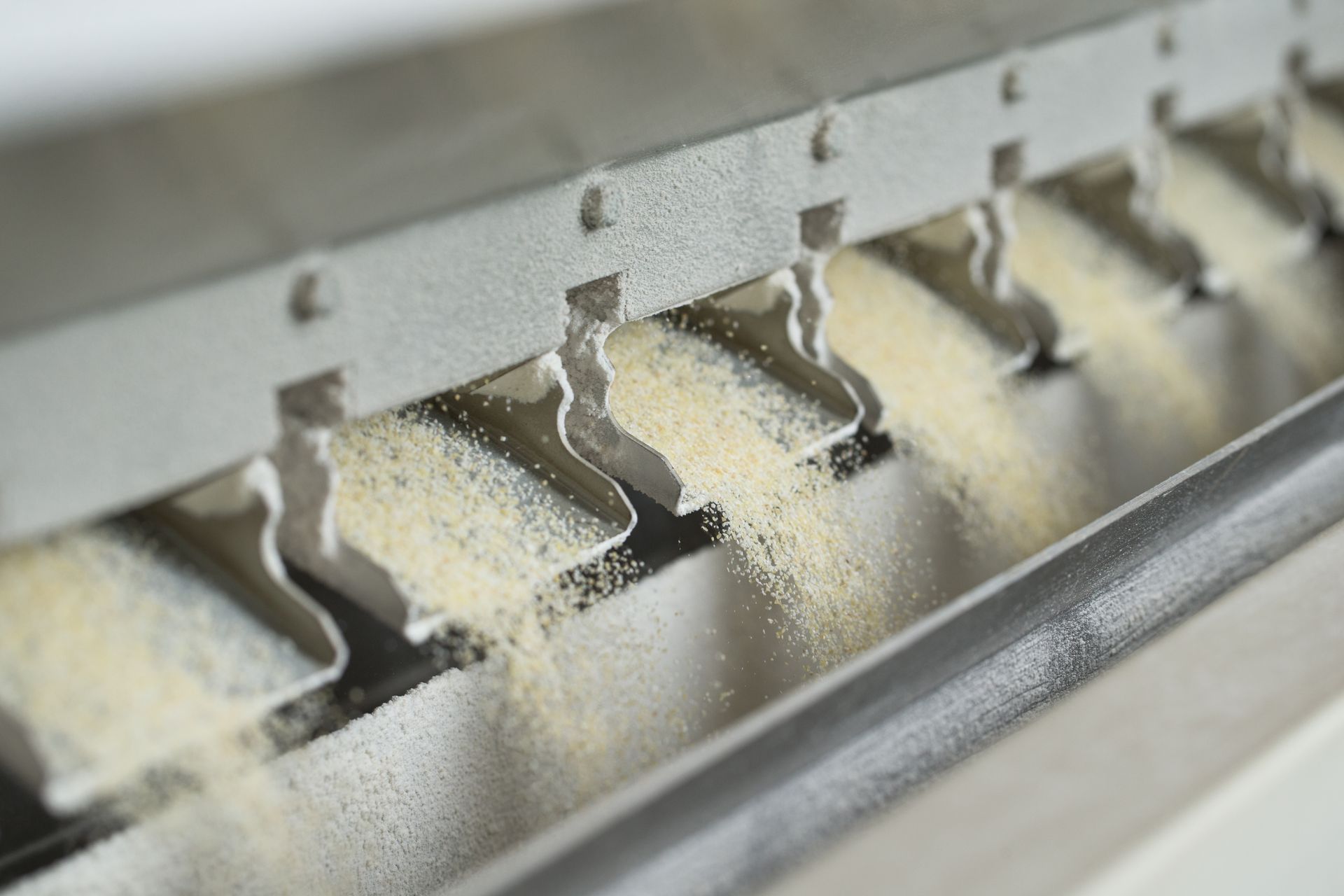Teslameter Unveiled: How Magnetic Field Measurement Works
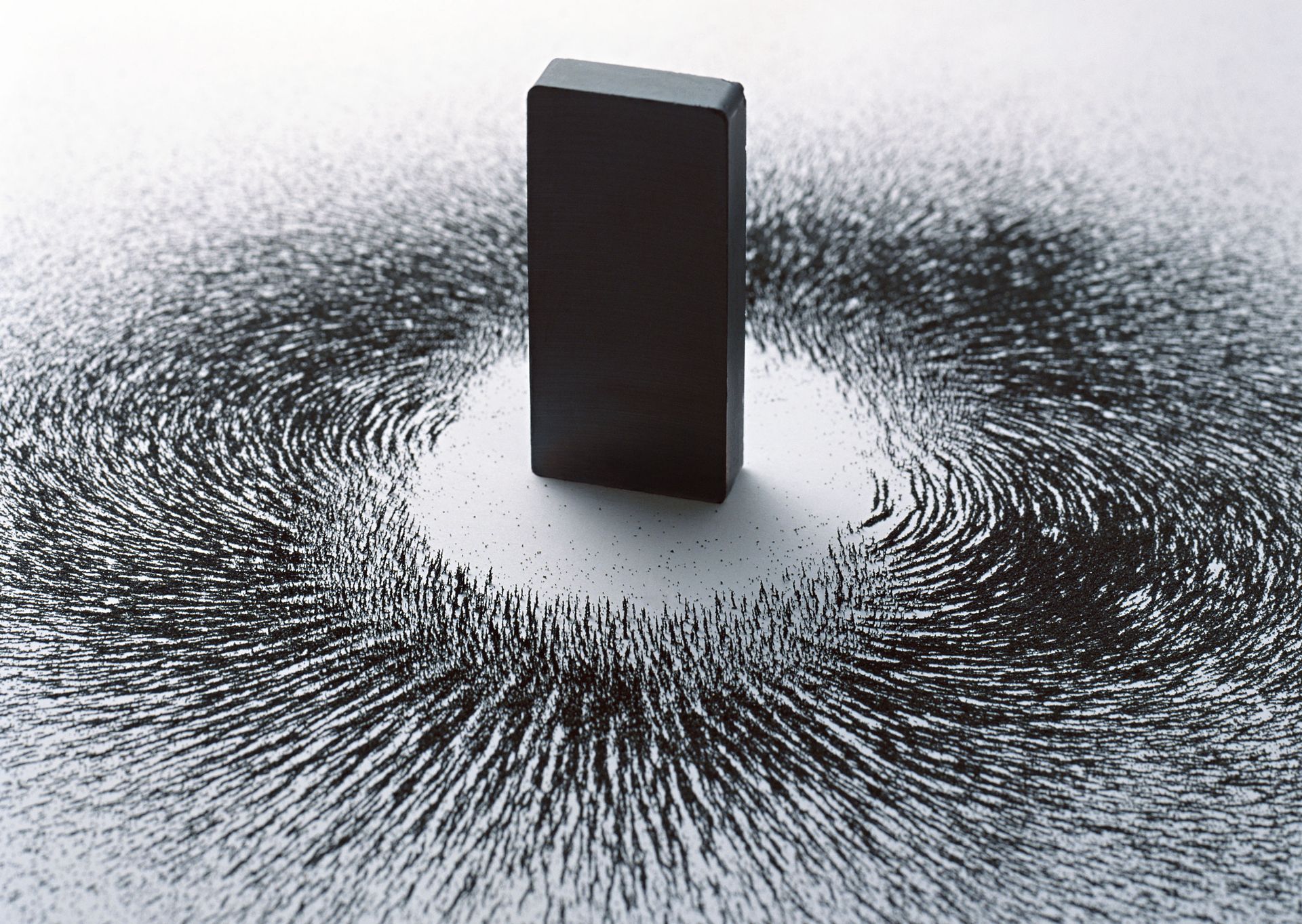
Measuring large magnetic fields has become possible thanks to the Teslameter. The device is an essential tool in various fields, from the medical field to engineering, to achieve reliable and precise magnetic field measurements in larger Tesla units.
From the fundamental concepts of measuring magnetic fields to the intricate workings of Teslameter technology, this article provides a clear and concise overview of how magnetic field measurements work. Keep reading as we unveil these fascinating devices’ underlying principles and mechanics, showcasing their important role in diverse fields, from scientific to industrial applications.
Teslameter Overview
A Teslameter is a tool used in various fields to measure a magnetic field, especially a large one, in Tesla units. Similar to Gauss meters, the Teslameter works on the basis of the Hall effect – a phenomenon of a voltage perpendicular to the flow of electric current in a conductor when subjected to a magnetic field.
These devices come in different shapes and sizes for many types of applications, like the handy type, the stationary type, the 3-axis Teslameter, and the Superconducting Quantum Interference Teslameter. Generally, they all boast high accuracy, precision, and applications, which is why they are used in diverse fields like R&D, academic applications, and quality assurance.
Other than that, Teslameters are also temperature sensitive due to their Hall element, which means that a lot of care must be taken when measuring magnetic fields that experience temperature changes. While this can be a challenge, Teslameters remain the most reliable device to measure larger magnetic fields, as long as care and maintenance are put into it.
To uncover more about Teslameters and how they work compared to other magnetic field measurement tools, read more on the types of magnetic measurements and what to consider when buying a Teslameter.
Types of Magnetic Measurement
Including the Teslameter that measures Tesla units, there are various types of magnetic measurements that are crucial in many fields to determine the presence of ferromagnetic objects.
Here are the 3 common types of magnetic measurement that equipment like Teslameters and Gauss meters measure.
Magnetic Field Strength Measurement: Measures the strength of a magnetic field, typically in units like Tesla (T) or Gauss (G).- Magnetic Flux Density Measurement: Measures the amount of magnetic flux per unit area, usually in Tesla (T) or Gauss (G).
- Magnetic Force Measurement: Measures the force exerted by a magnetic field on a magnetic material or a magnetic material on another magnetic material.
What to Consider When Buying Teslameter
Considering several factors when buying Teslameter is crucial, as it is an investment in precision and reliability. Not only that, but they also come in many shapes and sizes, so determining the right Teslameter is important to ensure it is the right tool for your application.
Below are 5 factors to consider when buying Teslameter:
Accuracy and precision in measurement- Portability and ease of use
- Calibration and maintenance requirements
- Budget considerations
- Seek professional help and recommendations
For a deeper look into the key considerations when buying a Teslameter, read our article here.
How Teslameter Measures A Magnetic Field
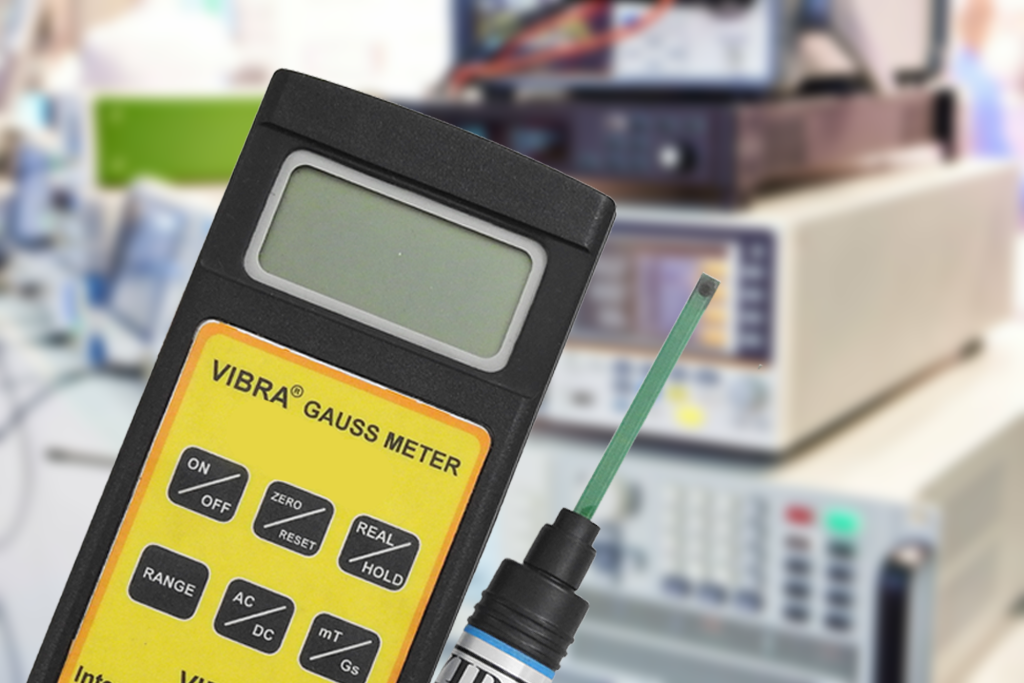
Now that we’ve had an overview of the Teslameter, it’s time to unveil the intricate workings of the device in measuring a magnetic field.
The Hall effect principle allows Teslameters to measure magnetic fields by utilising many different mechanisms, like sensors and Hall probes. Discover the Teslameter features that help measure magnetic fields in various scientific and industrial applications below.
Hall probe
A Hall probe, commonly used in Teslameters, detects magnetic fields via the Hall effect. When subjected to a magnetic field, it generates a voltage proportional to the field strength.
This voltage is measured and calibrated to provide accurate readings of magnetic flux density, essential for magnetic field measurements.
Sensors
Sensors in Teslameters, such as Hall Effect or fluxgate sensors, detect magnetic fields by converting changes in magnetic flux density into electrical signals.
These signals are calibrated and interpreted to accurately measure magnetic field strength, facilitating precise analysis and monitoring in scientific and industrial settings.
Calibration
Calibration ensures the accuracy of Teslameters in measuring magnetic fields. It involves comparing the device’s readings to known standards and adjusting it accordingly.
Proper calibration accounts for environmental factors and sensor drift, ensuring reliable and precise measurements essential for scientific research, industrial processes, and quality control.
Display and Output
Display and output in Teslameters provide real-time readings of magnetic field strength. This information is typically presented on a digital or analogue display, indicating values in Tesla units.
Some models offer additional features like data logging or connectivity options for further analysis and integration into monitoring systems.
Where can you get Teslameter in Malaysia?
If you’re looking for a Teslameter in Malaysia for whatever field you’re in, either academic or industrial, Sematic Magnet has got you covered.
Contact us today to learn more about what you need. Our experts will provide you with advice and guidance on the right Teslameter to ensure the right solution for your business, research, or project needs.
